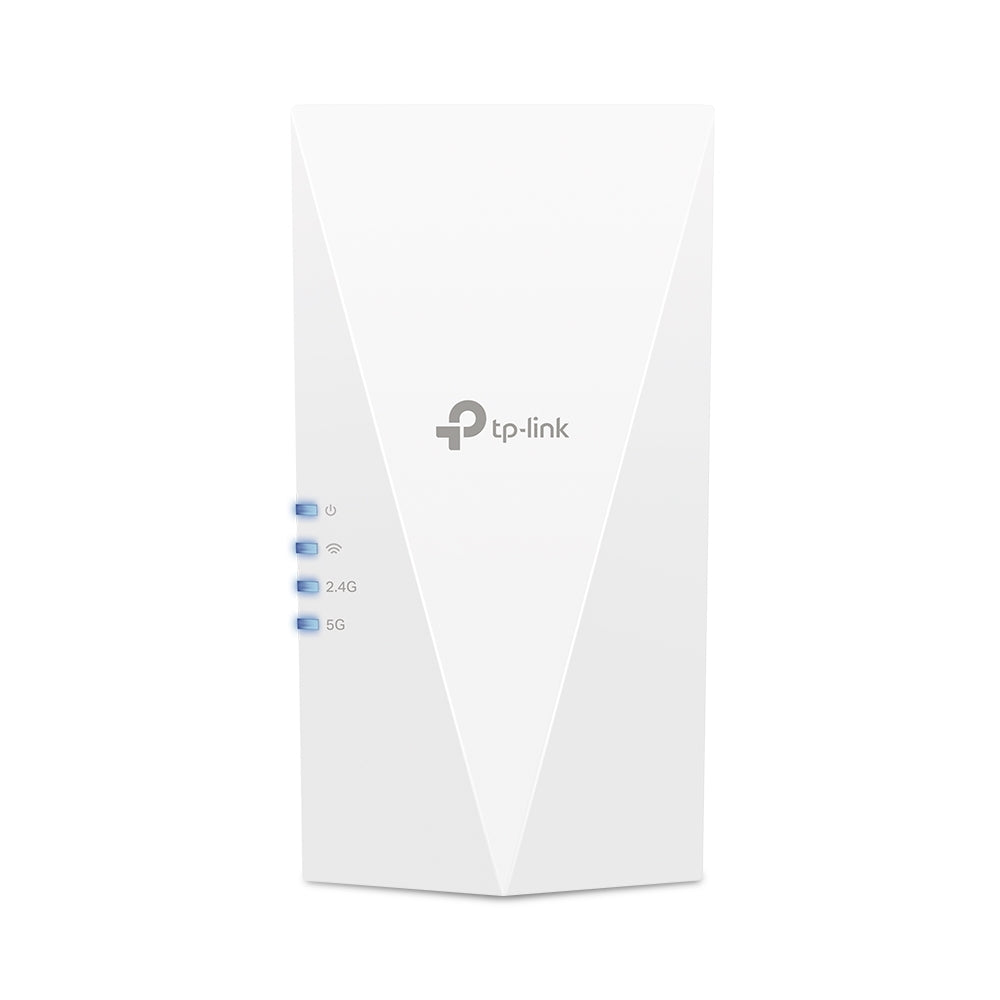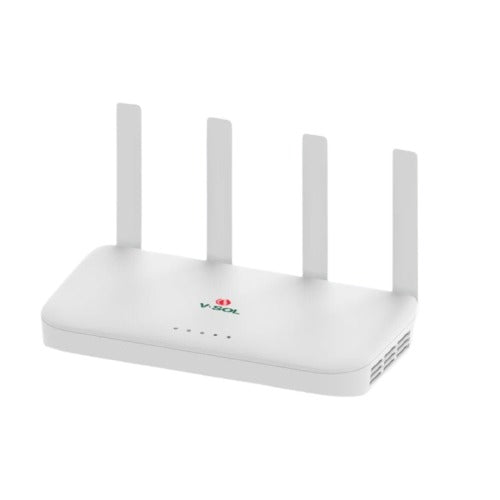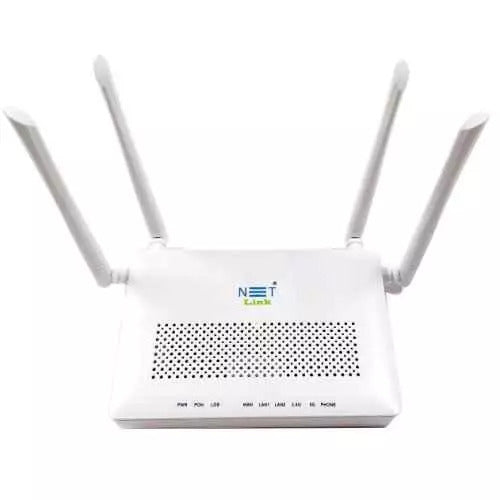
Aruba Instant Access Point : how should I configure ?
Before we understand “how to configure Instant Access Point”, lets find what is IAP? Initially, Aruba Instant access point started with a series of wifi g and now it has widened up to wifi 6 ax series. These wifi 6 series are integrated with some smart enabled features and so it is renamed as Instant APs. It connects multiple APs in the same network with subnet to form a cluster. This in turn becomes a virtual controller.
Where should I begin?
There are two ways to connect your access point and configure.
1) Through plugin Apps as it bootup and broadcast set me up SSID
2) Through a router as it provides an IP address to the Access point.
By following either of the two ways, we can get through the Aruba Hewlett enterprise login page as shown below.

Then login to the admin page, this page will lead to pop up in web interface to select a country code.

As you choose the country, you will get another pop up mentioning the start of 90 days cloud management trial version for your wifi network. After going through the information, click “OK” to continue.

After the pop ups, you will land in web interface dashboard with sidebar options overview, configuration, maintenance, and support.
Overview
The page shows number of networks, client, and access points connected and enclosed with the RF dashboard. These come up with network, access point, client, and mesh devices.

Network - This shows network detail like a band, authentication, encryption, IP assignment, status info, access type, and VLAN in the RF dashboard.

Access point - The full structure of the connected access point is displayed. Master of the APs cluster is represented with a star near AP name. In case of multiple access points, if the master unplugs then other APs sense it and configure themselves. The below screen shows when the client is connected to the AP.

Configuration
When you expand the configuration, there will be list of options. From those, initially select “System“ to configure general and admin setting features. Here, set preferred bandwidth (such as 2.4 Ghz & 5 Ghz), NTP (Network Time Protocol), AppRf & URL visibility for the firewall. This advanced setting option is integrated with all tabs of the screen. Once you complete the configuration, click the “Save” button.

Then move to the RF screen. It displays a preferred band and airtime fairness mode with the client match enabling. If you want to choose preferred airtime then change the fairness mode from default to preferred.

Next change the access point setting on the configuration tab. Master AP work based on the first reboot among various devices.

Then, go for network settings to configure network type and other features such as multicat, 802.11, zone, time range, upstream & downstream limits on bandwidth limits and miscellaneous settings.

Then, click “Next” to Client IP and VLAN Assignment setting. Through this, set the client IP assessment and VLANs setting as either static, dynamic or default.

Click on “Next” to set security for your system. In this, choose the security type, key management, and password for security firewall. It has fast roaming options such as 802.11r,802.11k, and 802.11v.802.11v. Enabling this will provide network information to the client.

As you complete these, click “Next”. This lead to final page of network setting to configure the access control list for the device. By choosing network-based, get control to list the firewall rules. Set multiple rules by adding them one by one.

Once all the rules are set, you will see below screen

Move the “allow all destination” to the bottom of rule set to avoid traffic filtering. Then click “Finish“ to set all rules in SSID. It takes a few more minutes to activate.

Maintenance
This maintenance setting has major options such as firmware upgradation, reboot, and configuration(Reset, Restore & Backup).
In Firmware,

The above figure shows the firmware screen with options to choose either manual or automatic update. If you choose to upgrade manually, use aruba support portal to get an official upgrade.
In configuration, you can get back up, reset and restore your connected access points as in below figure.

Then reboot helps to reboot either all the devices or specific devices. These are the three major options in the Maintenance process.
Finally, GUI command link interface works as the support option. Using commands to troubleshoot checks the status of the channels and other information.

Through all these information, you would have got the clear understanding on how to configure. In case of any assistance, ping us (either virtually or directly(based on availability)).
Where to buy? We guide you in the mission of getting the advanced IAP. Check our product list at www.grabnpay.in
Note: Grabnpay will help you with all business support for technical solutions and troubleshooting.



















